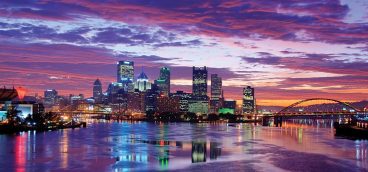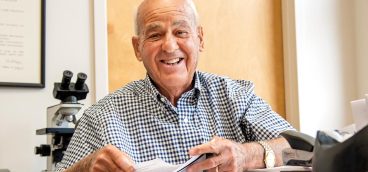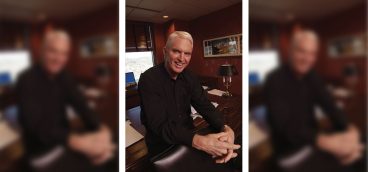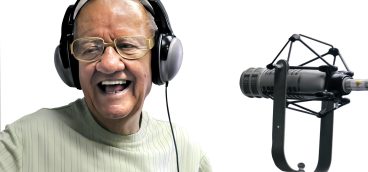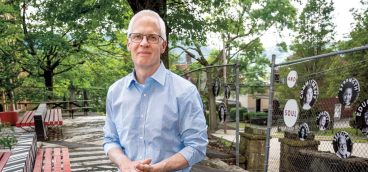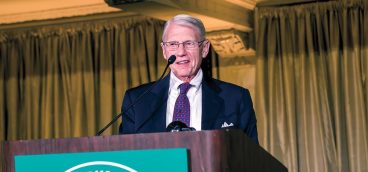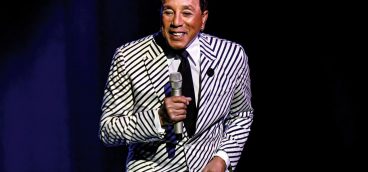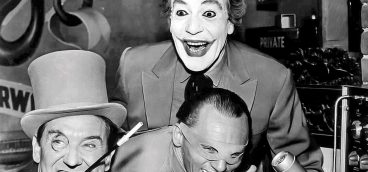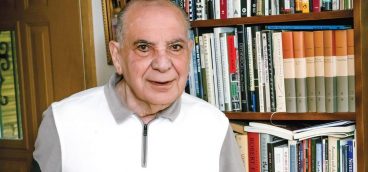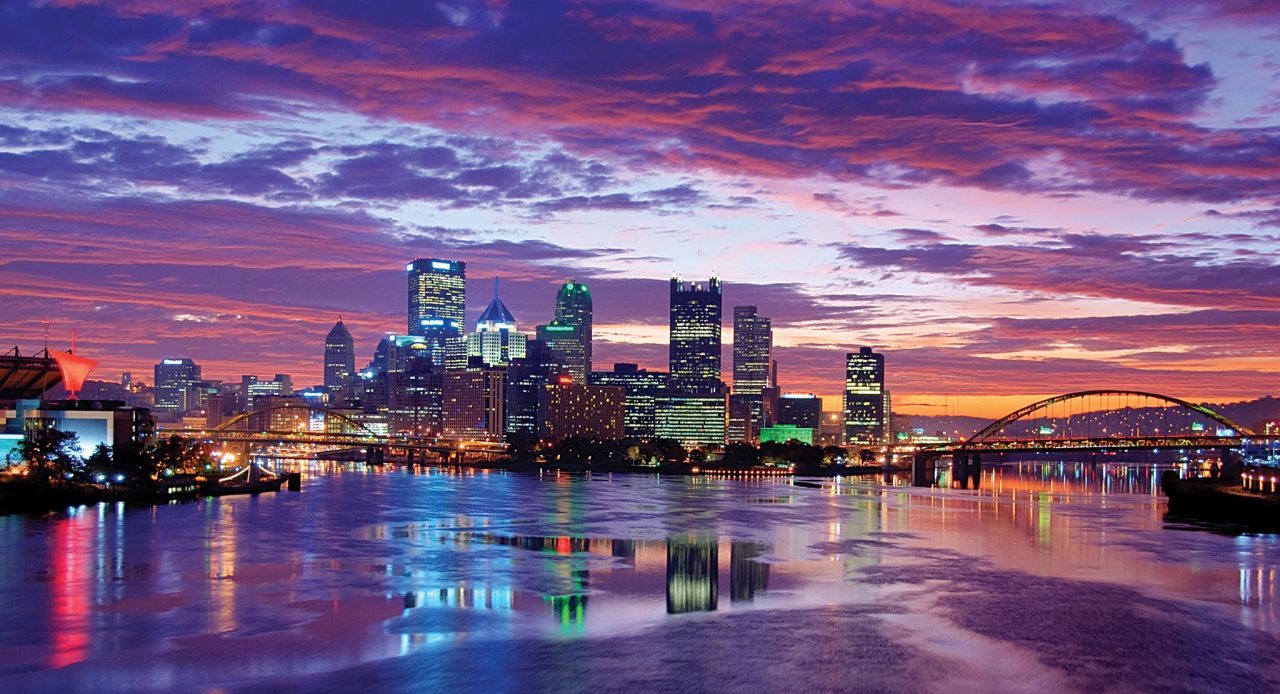
Editor’s note: We invited 13 regional leaders to give their thoughts on how to revitalize and reinvigorate Downtown Pittsburgh. Despite numerous emails back and forth with the communications staff of Pittsburgh Mayor Ed Gainey from March 15 to April 20, the Mayor did not offer his thoughts on Downtown Pittsburgh. The responses of 12 other leaders follow.
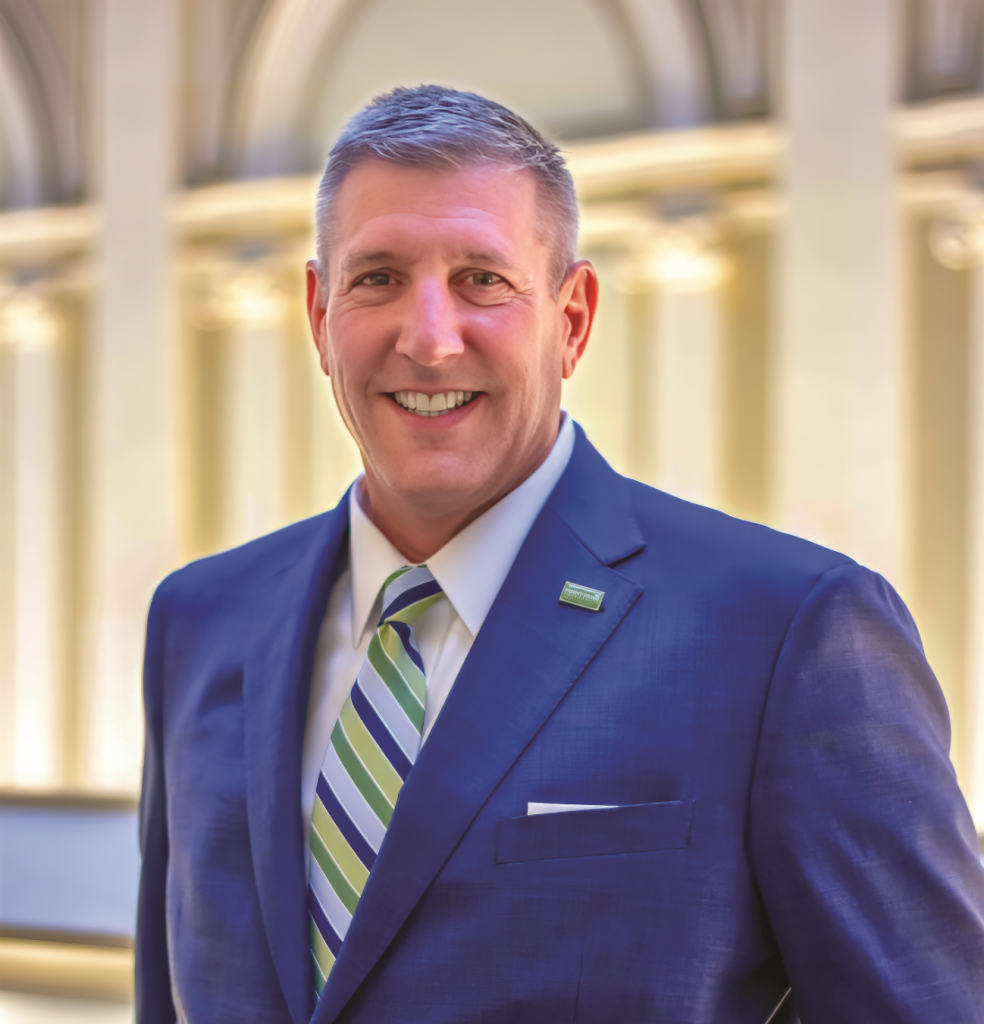
CHRIS BRUSSALIS, PRESIDENT, POINT PARK UNIVERSITY
As we were developing Point Park University’s strategic plan, called Pioneer Vision 2030, all those involved understood that the future of Downtown Pittsburgh would be a key component.
For us to continue thriving as Pittsburgh’s only Downtown university, it’s absolutely critical that our neighborhood remains attractive and safe for students, faculty, and staff. Point Park strives to be a contributing partner to the success of Pittsburgh and the region.
Our plan for growth includes bringing well over 1,000 additional students to campus in the years ahead. That gives us a stake in ensuring that residential development continues Downtown. The goal is to broaden traditional student housing while also considering multigenerational and senior housing.
Since taking over as president of this university, I have noted consistently that Point Park can be the catalyst of Renaissance III in Pittsburgh and the region. No other institution is better situated than a vibrant, growing university to be the catalyst and driver of regional economic development through collaboration with the public, private and philanthropic sectors.
In recent months, we have been working to advance plans for a Community Events Center that would be located Downtown. This center will help bring exciting sporting, cultural, and other entertainment-focused events to Downtown while providing much-needed space for youth and community sports and recreation. We are actively seeking partners to get this project on a fast track and, once completed, it will be another point of pride for Downtown.
The Urban Land Institute and an Advisory Services Panel was recently here to explore the feasibility of developing a new Cultural Corridor for Point Park, largely along Wood Street. Field experts from throughout the country studied Downtown and conducted interviews to establish their report and recommend the best ways to proceed. We will make the results of this study available to the public this summer.
All of this comes from a strong belief that downtowns are going to be driven by the creator economy and become centers of arts, entertainment, and recreation. This is our sweet spot and an area where we can lead.
We look forward to working with our community partners to ensure that Pittsburgh has one of the most vibrant downtowns in the United States.
STEFANI PASHMAN, CEO, ALLEGHENY CONFERENCE ON COMMUNITY DEVELOPMENT
Downtown Pittsburgh is the heart of southwestern Pennsylvania — the biggest Main Street in our region. As a major economic engine and a hub of arts, culture, dining and entertainment, Downtown is vital to the vibrancy of not just our city but the entire 10-county region.
The Allegheny Conference on Community Development is committed to improving our region’s economy and quality of life, bringing together leaders from business, academia, labor, and philanthropy, as well as elected leaders, to advance a shared vision for our region. As a key focus of our current four-goal agenda for building the region’s future, we stand at a pivotal moment when we must come together to reimagine Downtown, make tough choices, and roll up our sleeves to get the work done. We’re ready to execute the short-term goals and realize those wins, but the long-term play is vital for Downtown.
It’s going to take big actions and bold leadership to discover a new way of supporting Downtown to create the experiences and places that will attract and retain both people and investment. Alongside a diverse mix of leaders, we recently released a plan to achieve a Downtown Pittsburgh for the future. We have identified near-term stabilization efforts, sustainable funding solutions, and lasting goals and strategies to ensure a clean, safe, inclusive Downtown that reflects a vibrant neighborhood with diverse economic and cultural opportunities and interconnected, welcoming public spaces.
With a focus on catalytic reinvestment and public realm improvement as a near-term goal, our plan includes visioning from Field Operations, a landscape architecture and urban design firm that has led the design of notable public realm and civic space projects globally, including New York City’s Highline and Chicago’s Navy Pier. This vision is about not only the place, but also the people who live, work, visit, and thrive here. We seek to evolve Downtown, to transform it into a city neighborhood that meets the needs of the time, brings people together and activates our public realm.
This vision has helped us to take a holistic view of Downtown and identified opportunities to not only revitalize the urban core but also to connect assets throughout our city. From taking full advantage of our signature three rivers and activating our stunning bridges to bolstering our civic corridors and reimagining public spaces such as Market Square and the Cultural District, the opportunities for Pittsburgh are boundless.
I am excited for this vision to come to life as we work together to implement it throughout Downtown. It’s an ambitious plan, one in which we all have a role — to support, to create, to innovate, to reimagine and to let go of the past as we build toward the future.
We will share our progress on IndexPGH — a digital platform developed to provide authentic transparent updates on the well-being and vitality of Downtown — and I encourage you to use that resource to learn more in the coming months.
My hopes for Downtown are high and I know that with continued partnership, the enduring dedication of regional leaders, and the support of our region’s employees, residents, neighbors, and visitors — together, we are on the path toward creating a Downtown Pittsburgh for the future, a place where we all want to be.



